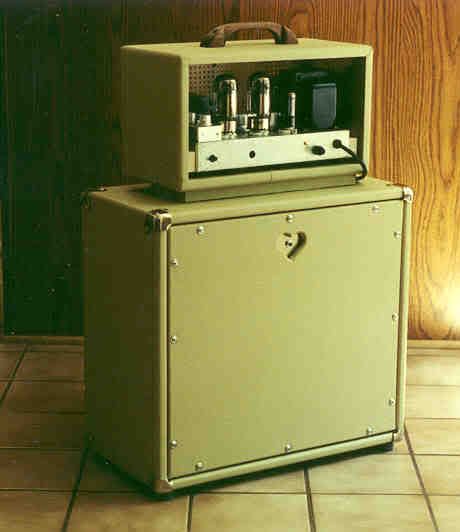Hi all,
I stumbled upon your forum while looking information on cabinet and head building. I've seen a few good plans on here (namely the 5e3 plans and the marshall 4x12 slant plan), but I'm not convinced if those two are the best plans to use for my build.
I'm having an amp built by a close friend, however, I'm looking after building all the cabinetry for the head and cab. To that end...the head i'm getting built is modelled after an AC30...is there a specific cab design any of you would recommend for this style of amp (or does it make that much of a difference?)
As well, what materials should I use for this project? Any specific recommendations on wood for the cab/head (should I build both out of the same?)
Looking forward to your hints/tips. Thanks in advance!
I stumbled upon your forum while looking information on cabinet and head building. I've seen a few good plans on here (namely the 5e3 plans and the marshall 4x12 slant plan), but I'm not convinced if those two are the best plans to use for my build.
I'm having an amp built by a close friend, however, I'm looking after building all the cabinetry for the head and cab. To that end...the head i'm getting built is modelled after an AC30...is there a specific cab design any of you would recommend for this style of amp (or does it make that much of a difference?)
As well, what materials should I use for this project? Any specific recommendations on wood for the cab/head (should I build both out of the same?)
Looking forward to your hints/tips. Thanks in advance!





 (thanks for the replies to date)
(thanks for the replies to date)
Comment